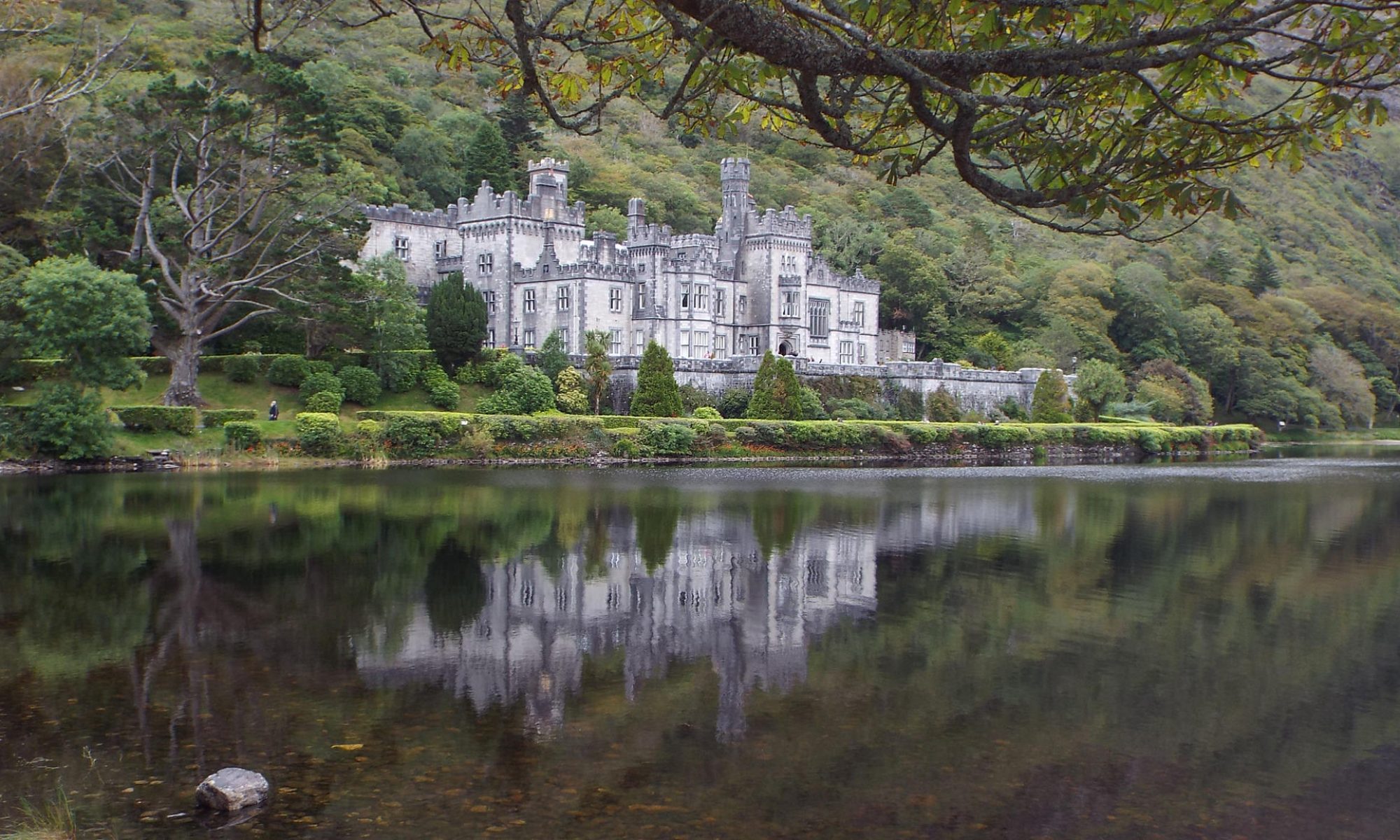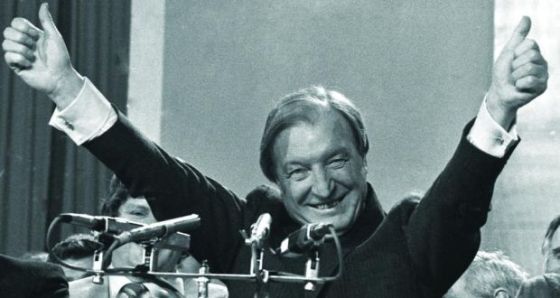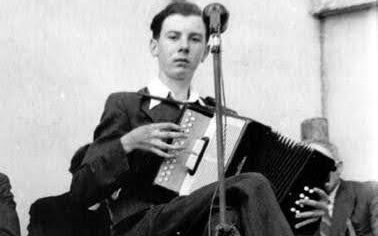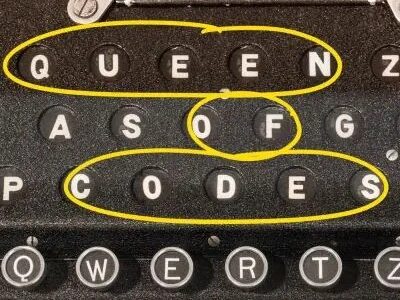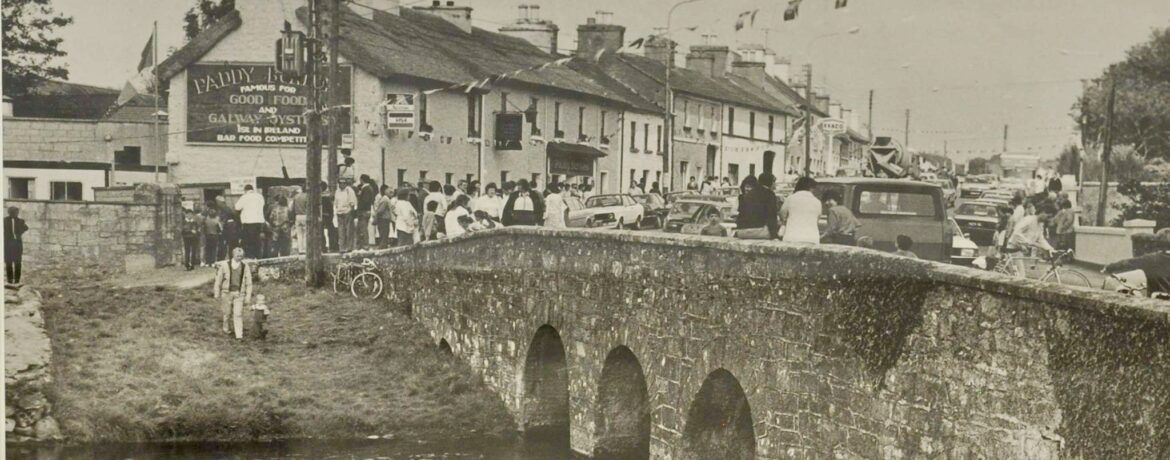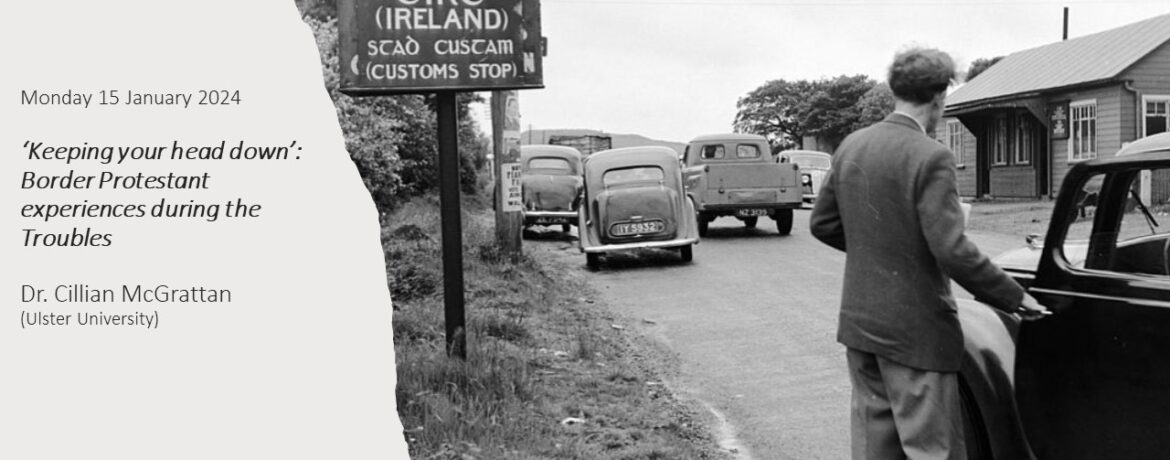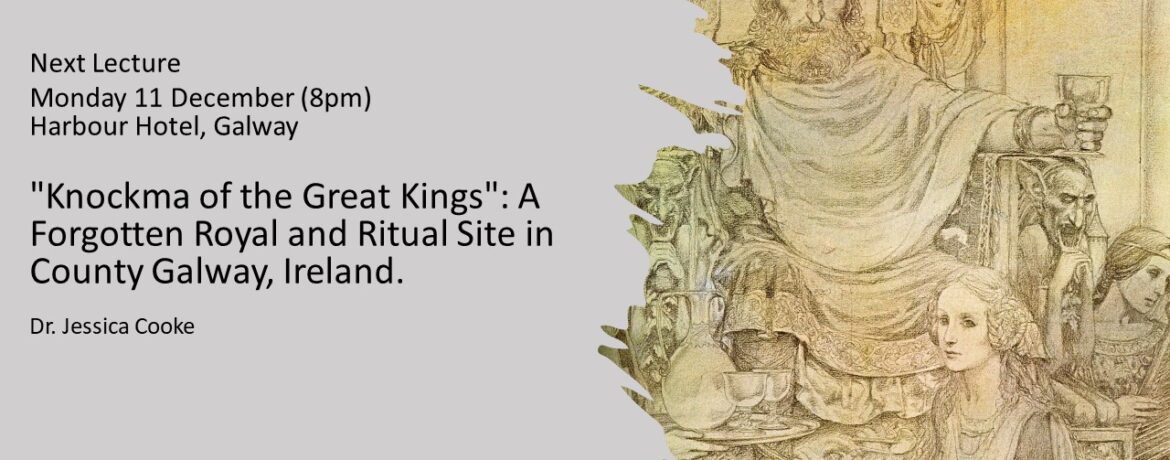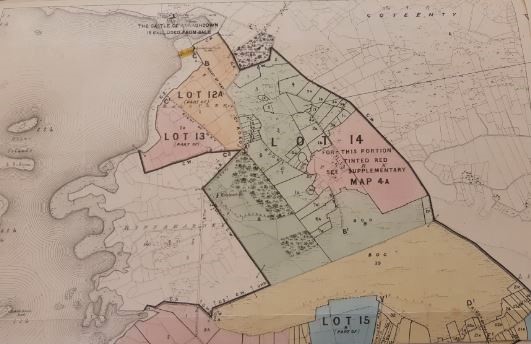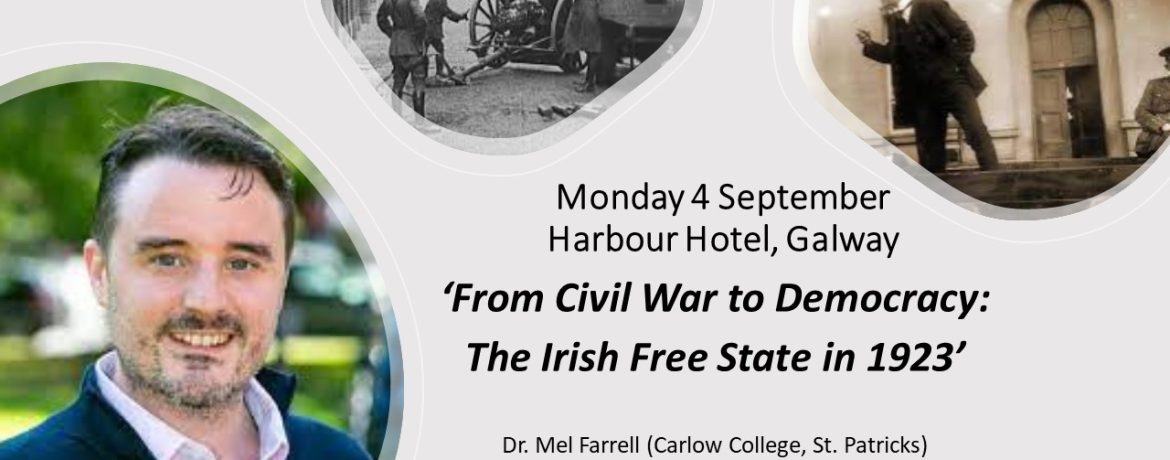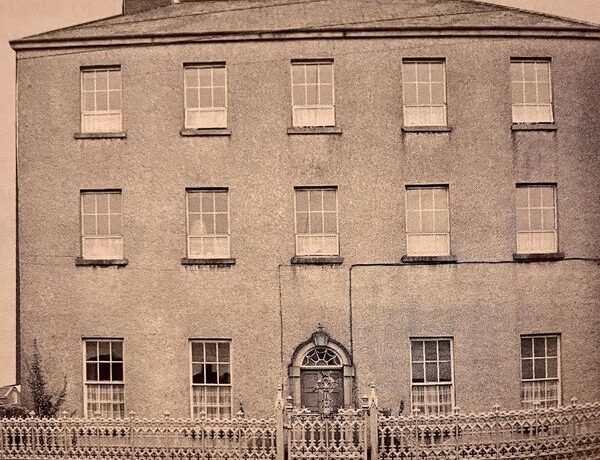
‘The connection is radically rotten…’ – The rise and fall of Lord ffrench’s Bank – 1803-1814′ (Monday 7 October)
The collapse of the Tuam Bank, 1803-1814, is the subject of our Society’s next lecture which takes place in the Harbour Hotel, Galway, on Monday 7th October at 8 pm. The lecturer is Irene McGoldrick
On 27 June 1814, Lord ffrench’s Bank of Tuam (picture shows bank premises in Bishop Street) and Dublin, unable to meet its obligations to pay the demands of three bank ‘runners’, closed its doors detaining the three runners inside. This caused considerable alarm, resulting in a ‘run’ on other private banks.
Despite the valiant efforts of Lord ffrench to avoid a Commission of Bankruptcy his tragic and untimely death sounded the death knell for the bank, which was found bankrupt by trial in January 1815. This talk will present the history of the bank, both prior to and subsequent to its failure. It will consider the factors which led to its demise, and shed light on the personalities involved.
Speaker Irene McGoldrick is a recent MA History graduate of the University of Galway. Currently chair of the Annaghdown Heritage Society, she has been involved in local history and genealogical research for many years.… Read the rest
Read more
